
Rotary cutters are an essential tool for quilters, and with the variety of options now available, it’s easier than ever to find one that suits your needs. When I started quilting, there were only a few rotary cutters available, but now there are a plethora of options to choose from. In this article, we’ll explore six different types of rotary cutters that you might find useful. But before we dive into the different types, it’s important to note that rotary cutters can be dangerous, so it’s crucial to follow the instructions carefully.
The first type of rotary cutter that we’ll discuss is the Olfa model with a safety lock and an ergonomic handle. This cutter is designed with safety in mind, as the safety lock helps to prevent accidents. The ergonomic handle is also a great feature as it makes it easier and more comfortable to use the cutter for extended periods of time. This cutter is available in a variety of colors, making it a fun and attractive addition to your quilting tools.
The second type of rotary cutter we’ll discuss is the original Olfa model, which is also available in a range of colors. This cutter is similar to the first Olfa model we discussed, but it doesn’t have the safety lock feature. However, it’s still a great option for quilters who prefer a traditional style of rotary cutter.
Next up is the Fiskars SoftGrip rotary cutter, which is a newer model that incorporates both safety and ergonomic features. The soft grip handle makes it more comfortable to use, and the safety feature adds an extra layer of protection while using the cutter. This is a great option for quilters who value both safety and comfort.
For those who need to cut small pieces, Olfa also makes a small rotary cutter that is perfect for the job. This compact cutter is easy to handle and maneuver, making it ideal for cutting smaller fabric pieces.
The Olfa deluxe rotary cutter is a larger size, which is great for cutting larger pieces of fabric. The larger size makes it easier to handle and gives you more control when cutting. This cutter is a great option for quilters who prefer a larger rotary cutter.
Last but not least, we have the Fiskars contoured handle rotary cutter. This cutter is designed with a contoured handle, which helps to reduce hand fatigue and makes it more comfortable to use. The contoured handle also makes it easier to grip, which is especially helpful for those with arthritis or other hand conditions.
Rotary cutters are an essential tool for quilters, and with the variety of options available, you’re sure to find one that suits your needs. Whether you’re looking for a rotary cutter with a safety lock, an ergonomic handle, a compact size, or a contoured handle, there’s a rotary cutter out there for you. Just make sure to follow the instructions carefully, and you’ll be able to create beautiful quilts with ease. All of these cutters can be purchased on Amazon, making it easy to find the perfect rotary cutter for your quilting needs.
Keeping your rotary fabric cutter sharp is important for making clean, precise cuts. Here are some steps to help you keep your rotary cutter sharp:
Store it properly: When not in use, store your rotary cutter with the blade covered to prevent damage or accidental cuts.
Use it on the right materials: Avoid cutting through materials that can dull the blade, such as pins, buttons, or thick seams.
Clean the blade regularly: Dirt and debris can accumulate on the blade, making it dull over time. Clean the blade after each use with a soft cloth to remove any debris.
Use a blade sharpener: Blade sharpeners are designed specifically for sharpening rotary cutter blades. They are easy to use and can help restore the sharpness of your blade.
Replace the blade: If your rotary cutter’s blade becomes too dull, it’s time to replace it. A dull blade can make it harder to cut fabric and can result in uneven cuts.
By following these tips, you can ensure that your rotary fabric cutter stays sharp and ready for use whenever you need it. Remember to always handle your rotary cutter with care, and to follow the manufacturer’s instructions for maintenance and blade replacement.
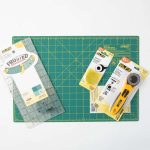

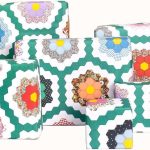
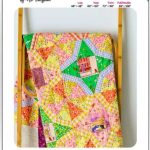
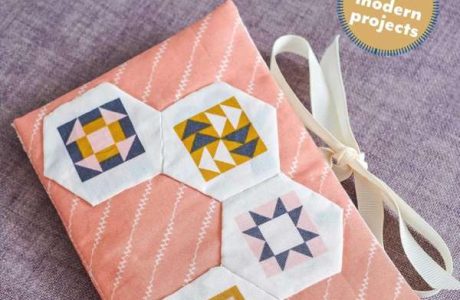


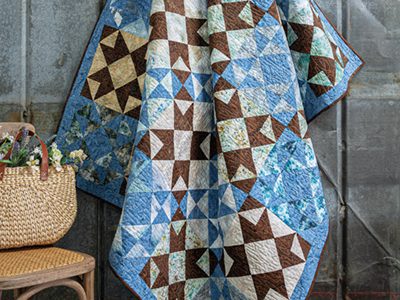
Leave a Reply